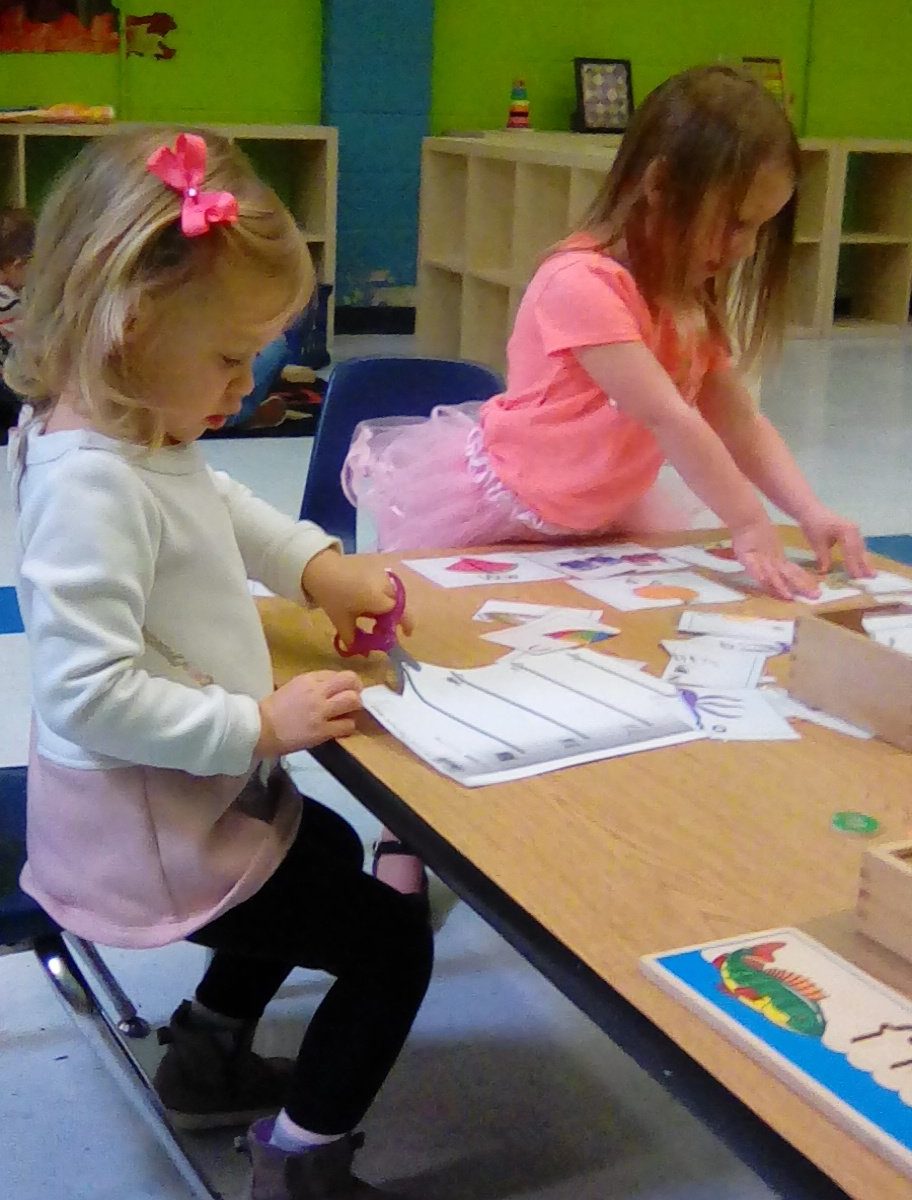Do you remember your first friend? Even if you can’t recall their name or face, those early social interactions were important for learning how to manage personal feelings, understand others’ feelings and needs, and interact positively with others. Every child develops at a different rate depending on temperament, cultural influences, behavior they see modeled by adults, the security of their attachment to adults, and the opportunities for social interaction. Here are some general milestones you can expect to see in your child as they grow.
Birth through 1-year-old
Infants are completely narcissistic and impulsive, so it’s a good thing they’re cute! Newborns do start developing relationships as soon as they born, but learning to communicate and interact takes time. In the first year, infants gradually become more responsive to social stimulation, from coos and smiles to loud giggles. Parents are still their favorite people, even if they attend daycare. Infants communicate through crying, whether they are cold, tired, angry, or hungry, and it’s important for them to learn to distinguish their own feelings and, at times, self-soothe.
1 to 2 years old
Young toddlers begin to be aware of other children, though they may not play “with” others the way parents might expect older children to do. They may develop preferences for familiar children but may not be able to share a toy or play cooperatively yet. One-year-olds use their secure attachments to parents and frequent caregivers as a “home base” for exploring new objects and experiences. They may experience a bout of separation anxiety around 12 months. They recognize their own name and may enjoy learning to identify objects even if they can’t say the words themselves yet.
2 to 3 years old
Despite being labeled the terrible two’s, this year is when many children begin developing rudimentary awareness of their own emotions, which is an essential step for self-regulation when they are older. They are also learning to recognize and respond to emotions in others, such as trying to offer basic help when another child is crying, or trying to make amends when they see a parent frowning at something they did. For the most part, they are still playing around other children rather than interactively with them.
3 to 4 years old
This year sees a blossoming in empathy and emotional self-regulation. Young pre-schoolers take a strong interest in what others are doing even as their sense of individuality and preference is strengthening. They start developing friendships and playing cooperatively for a period of time. They are learning conflict resolution, though most will still turn to adults for guidance and mediation. This is a great time to teach them about compromise, sharing, and waiting their turn!
4 to 5 years old
This is the year your child may become an actor or politician! Children really begin to imitate their trusted role models, from the way a teacher reads to the class to trying on their parents’ clothes and mannerisms. Pretend becomes a popular game among children this age. As they gain greater insight into the causes of feelings and awareness of others’ needs and emotions, they start suggesting solutions and responding appropriately to peers who are upset, hurt, angry, etc.
5 to 6 years old
Before they enter kindergarten, children expand their social toolbox, from ways to enter a group (“Do you want to dig in the sandbox with me?”) to complex, sustained cooperative play to independent problem-solving. With their enhanced language skills, they can express their feelings in more complex ways. They also have greater self-regulation of their emotions and more strategies for conflict management, but they still need adult help in these areas.
Remember: every child grows and develops at a different pace. There is a wide range of acceptable behaviors and abilities at any given age. These milestones are just general guidelines for what to expect. Always consult your child’s teachers and pediatrician if you have concerns about their social and emotional development.


